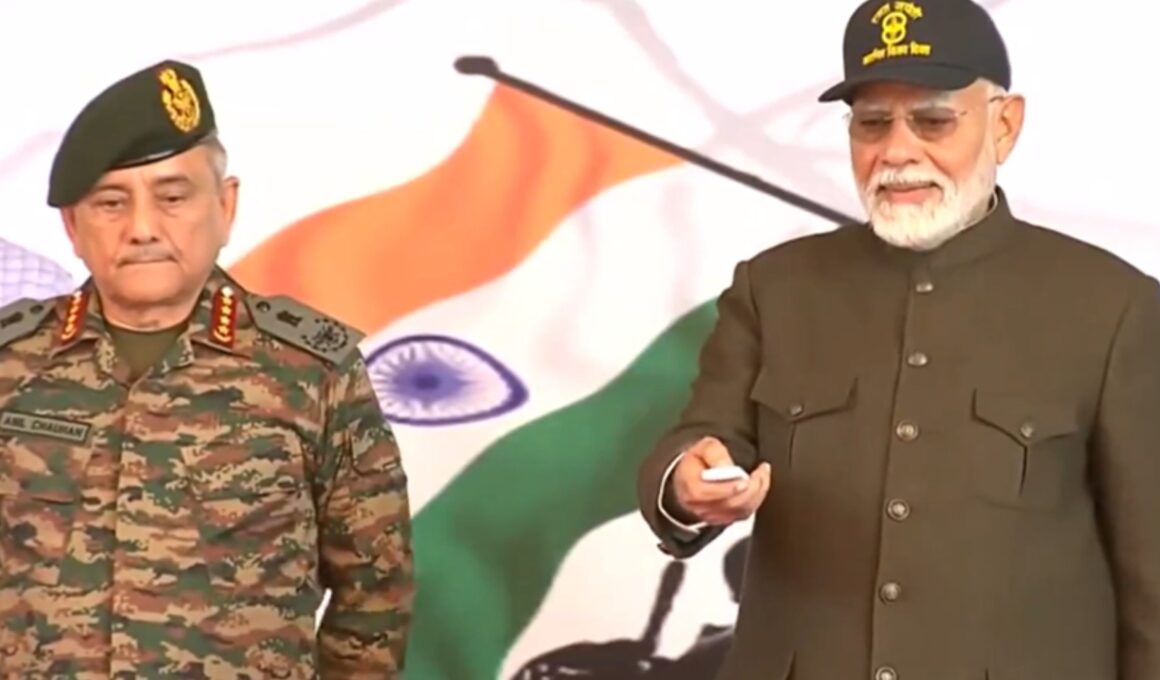Construction kicked off Friday for the world’s highest tunnel in India – strategically located along a border region with neighboring China.
Indian Prime Minister Narendra Modi virtually carried out the first blast of the Shinkun La Tunnel Project – a 4.1-kilometer-long twin-tube tunnel which will be constructed at an altitude of around 15,800 feet.
The tunnel will be built on the Nimu – Padum – Darcha Road, a stretch of road in the border region to India’s north.
A release from Modi’s office said the tunnel will “ensure swift and efficient movement of [India’s] armed forces.” The Bharatiya Janata Party (BJP), which is lead by Modi, said the project would be “a gateway to security, accessibility and progress in Ladakh.”
Newsweek has contacted China’s Ministry of Foreign Affairs and India’s Ministry of External Affairs for comment via email.
Border tensions between India and China have been a longstanding issue, with both nations frequently experiencing clashes and standoffs along their disputed boundary.
The most recent phase of heightened tensions began in June 2020, when Chinese and Indian troops engaged in a violent clash in the Galwan Valley, resulting in the deaths of 20 Indian soldiers and at least four Chinese casualties, according to reports.
India and China agreed to work urgently towards the withdrawal of troops from critical standoff points along their border.
The border remains heavily militarized, however, with both sides continuing to enhance their infrastructure and logistical capabilities in the region, as demonstrated by Friday’s developments. Satellite imagery seen by Newsweek showed that China has been expanding facilities near its border with India.
The two giants engaged in armed conflict in 1962, where China achieved a swift victory. The war concluded with China declaring a ceasefire and unilaterally withdrawing its troops to positions 20 kilometers behind the Line of Actual Control, a ceasefire line that has since become the de facto boundary between the two countries.
The Shinkun La Tunnel is the latest in a string of notable construction projects across the South Asian country.
Last month, a bridge for use as part of a high-speed rail line was erected in less than 24 hours.
Part of India’s ambitious Mumbai-Ahmedabad Bullet Train project, the rapid undertaking involved 3,000 metric tons of steel and stand at around 18 meters high and 14 meters wide.
The bridge was the third steel bridge completed out of 28 planned for the corridor, after the first and second were launched in Surat and near Nadiad in Gujarat, respectively.
Do you have a story we should be covering? Do you have any questions about construction projects or international politics? Do you have any questions about the China-India border conflict? Contact LiveNews@newsweek.com
Uncommon Knowledge
Newsweek is committed to challenging conventional wisdom and finding connections in the search for common ground.
Newsweek is committed to challenging conventional wisdom and finding connections in the search for common ground.








